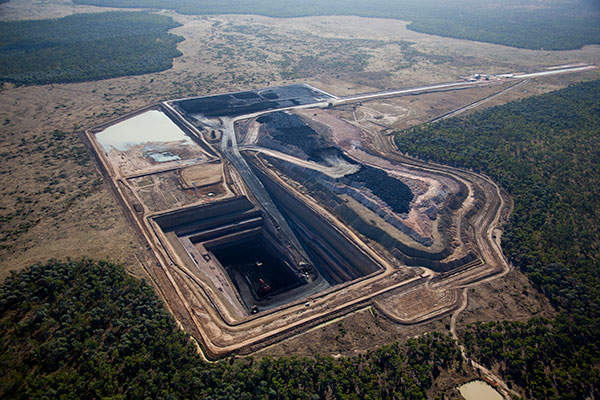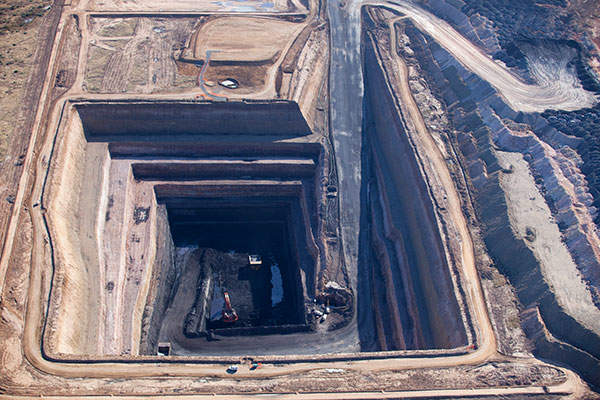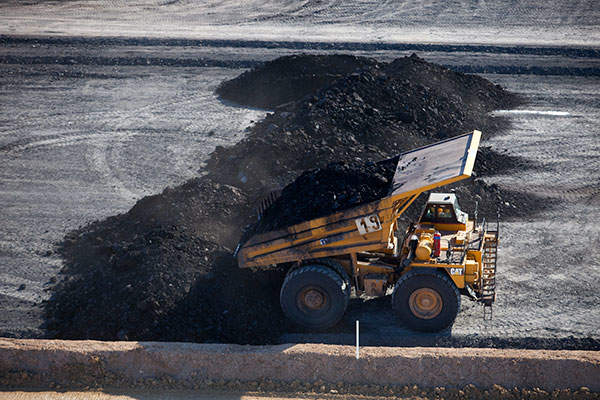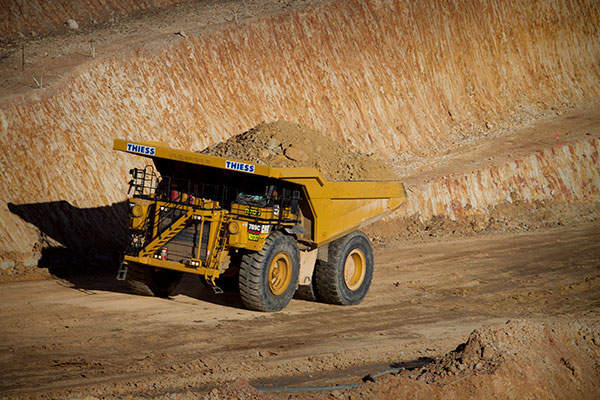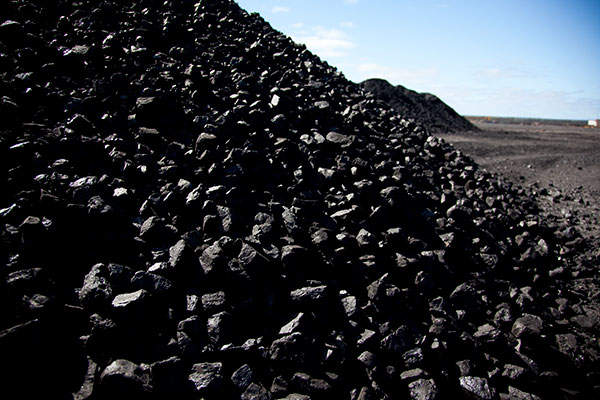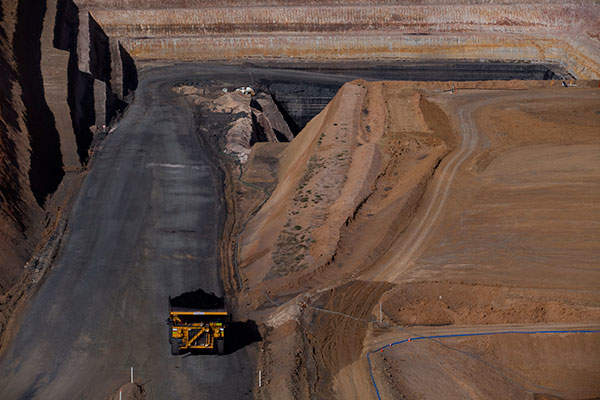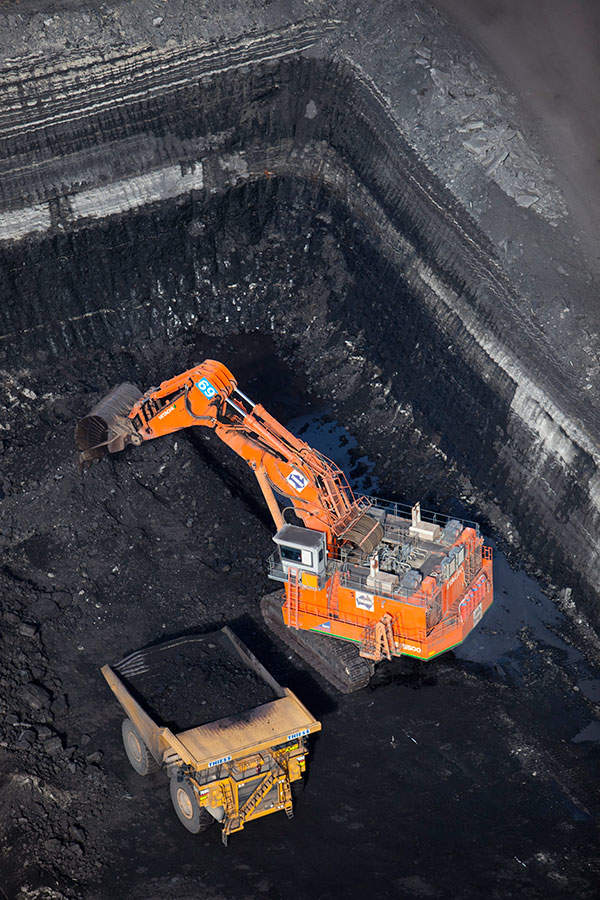Alpha Coal Project is a high thermal coal mine located in the Galilee Basin in Queensland, Australia. The 32Mtpa open cut mine is spread over an area of 21,400ha. It is owned by GVK (79%) and Hancock Coal (21%).
The development of the Alpha coal mining project was approved by Australia’s Federal Government in August 2012. It also includes the development of a 495km rail line for transporting coal. The mine is estimated to have a life of more than 30 years.
The bankable feasibility report of the project was completed in 2011. Coal production is scheduled to begin between 2015 and 2016. A $7.5bn investment is expected to be made in the project.
Environmental concerns around the Alpha coal project
The federal government’s decision to approve the project was challenged in the Land Court of Queensland in 2013. Farmers and landowners, who filed a case against the project, claimed that the mine’s development would draw too much water from their farmland. Environmentalists and community groups have also opposed the project raising concerns over climate change and negative consequences for local water and ecology.
The court recommended in April 2014 to the Queensland State that the mining lease should be approved only if the environmental conditions over the concerns expressed are strictly met under the Mineral Resources Act and the Environmental Protection Act. GVK Hancock received environmental approval for the Alpha coal project in October 2014.
The 2014 Land Court of Queensland’s decision on Alpha mine was challenged in Queensland Supreme Court by an Australian conservation group in April 2015.
Geology of the Alpha mine
Alpha is located in the eastern part of the Galilee Basin, which is home to many high-quality coal projects. It contains gently westerly dipping sediments of the Upper Permian age. These sediments are overlain by Tertiary and Quaternary (Cainozoic) sediments.
The coal seams of the mine are 5m to 8m thick and dip gently from east to west enabling high production through open-cut mining.
Washed coal and other resources
Alpha is the most extensively explored mine in the Galilee Basin. It is estimated to contain 848 million tonnes (Mt) of measured resources. Indicated resources are estimated at 1,197Mt and inferred resources are 569mt.
The combined JORC-compliant measured, indicated and inferred resources in the open-cut area are estimated to be 1.82 billion tonnes.
The mine primarily contains washed coal with low ash and sulphur content. It is suitable for burning in the majority of the Asian power stations.
Open-cut mining
Open-cut mining will be carried out using dragline, truck and shovel methods. Surface miners and large conveyor systems are also planned to be used. Underground mining activities may also be explored in the future. It will be carried out from the final highwall or via a drift to the targeted seam.
Raw coal will be sent to two remote run of mine (ROM) dump stations with a capacity of 3,250t/h each. The ROM dump stations comprise receiving facilities, and primary and secondary crushers to reduce the size of the coal to 120mm. The crushed ore will be sent to the coal processing plant via an overland conveyor belt.
Ore processing
A coal handling and processing plant (CHPP) will be built at the mine. The plant will receive crushed coal into two 2,000t transfer bins equipped with four tertiary crushers. The coal will be crushed to a size of 50mm in the bins and sent for further processing.
The crushed ore will be fed to four 1,650t/h coal processing plant modules, which include spirals, dense medium cyclones, and sizing and drain screens.
Processed coal will be sent to the rail loading facility for transport. Coarse rejects will be stored in a stockpile near the plant and tailings will be sent to the tailings dam. The plant will also be equipped with a magnetite recovery circuit.
Coal transport and handling
Processed coal will be transported to the port at Abbort Point, near Bowen, through a 475km long railway line. The standard gauge line will have a capacity of 60mtpa, which can be increased to 120Mtpa with the addition of loops. The railway line will use 32t axle load diesel-electric trains for transporting the coal. The trains will run throughout the year with a maximum speed of 80km/h.
The project will also include the construction of a coal handling facility at the port at Abbort Point. The facility will initially handle 60Mtpa of coal with scope for future expansion. It will include a 300ha stockyard site, two 5km rail loops for unloading of coal, berthing facilities, a jetty and a wharf.
Two berthing facilities will initially operate at the facility. The wharf will include space for future expansion and provide multi-user berthing facilities.
Infrastructure developed for the project can also be used by third-party producers operating in the Galilee Basin. Negotiations with third parties are currently ongoing.
Related content
Vista Coal Mine Project, Canada
Coalspur’s Vista coal project is located near Hinton in Alberta, Canada. It is one of the largest undeveloped coal mines in North America.
Roseby Copper Project, Australia
Altona Mining’s Roseby Copper Project lies in northwestern Queensland, Australia. It covers an area of 1,400km² and will be developed as an open pit operation.
Minas Moatize Coal Mine, Mozambique
Minas Moatize Coal Mine is located near Tete Province, in Mozambique. It is owned and operated by Beacon Hill Resources (BHR), through its subsidiary BHR Mining.

